Chernobyl’s Legacy Still Threatens Hundreds Thousands of Lives
More than 30 years after it exploded, the nuclear disaster site still casts a baleful shadow over many.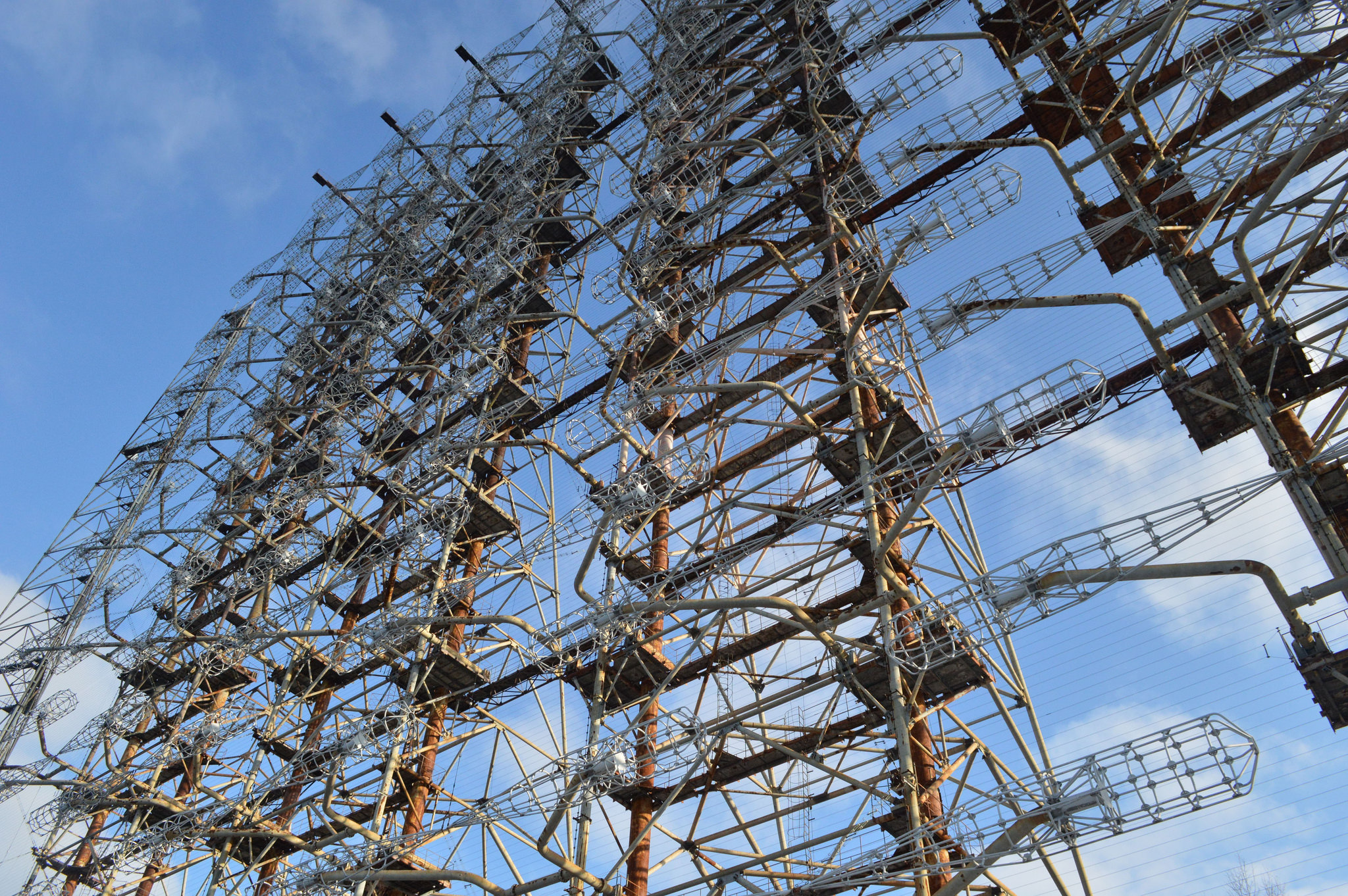 Ian Bancroft / CC BY 2.0
Ian Bancroft / CC BY 2.0
The risk of an accident with civil nuclear power may be small, but when an accident does happen the impact may be immense, as a new book on Chernobyl’s legacy makes clear.
The nuclear industry promotes its technology as a key way of battling climate change. A nuclear reactor can supply vast amounts of energy; compared with coal, oil or gas-fired power plants there are few or no emissions of climate-changing greenhouse gases.
But nuclear energy does have considerable drawbacks. A nuclear power plant costs many billions of dollars to build – and is even more expensive to decommission at the end of its working life.
Nuclear power plants have been around for decades, yet the problem of how to deal with vast stockpiles of highly dangerous waste is still there – a poisonous legacy for future generations.
And then there is the safety factor.
At 1.23 on the morning of 26 April 1986, engineers at the nuclear power plant at Chernobyl in western Ukraine, close to the border with Belarus, were carrying out a routine turbine and reactor shut-down test.
“As far as the engineers were concerned, the reactor and its panoply of safety systems were idiot-proof. No textbook they had ever read suggested that reactors could explode”
There was a sudden roar. “That roar was a completely unfamiliar kind, very low in tone, like a human moan”, said one of those present in the plant’s central control room.
Then there was a loud blast. Nobody knew what had happened; some thought there’d been an earthquake.
In his recently published study of events at Chernobyl, Serhii Plokhy– now a professor of history at Harvard, but in 1986 a Ukraine resident – says no-one believed a nuclear reactor had fractured. Chernobyl used the latest Soviet technology. A nuclear accident was inconceivable.
The nuclear industry today, whether in Russia, China or the West, is similarly confident of its safety. “As far as they (the engineers) were concerned, the reactor and its panoply of safety systems were idiot-proof. No textbook they had ever read suggested that reactors could explode.”
Yet explode it did. A build-up of steam destroyed the reactor’s casing; a concrete structure weighing 200 tonnes that mantled the reactor was blown through the roof.
Obsessed with secrecy
Vast clouds of radiation escaped into the atmosphere, blown by winds first northwest over Belarus and on over much of Scandinavia and to as far away as the hills of Wales. Later the winds changed and carried the radiation east, over Ukraine itself.
Plokhy’s book is not the first on Chernobyl, but it is billed as the most up-to-date and extensively researched.
He details how the nuclear industry, which grew out of and alongside nuclear arms programmes, has always been obsessed with secrecy – in what was the Soviet Union, and elsewhere.
In 1957 there’d been a serious nuclear accident at a Soviet nuclear plant at Ozersk in the Ural mountains. The American military learned of the incident but decided not to disclose it to the public in the West.
“Both sides had a stake in keeping it under wraps so as not to frighten their citizens and make them reject nuclear power as a source of cheap energy”, says Plokhy.
Reports suppressed
The Soviet authorities at first denied – both to the West and to their own citizens – the scale of the disaster at Chernobyl. The KGB – the Soviet intelligence service – cut phone lines so people could not communicate what had happened, and toned down or suppressed scientists’ reports.
Several KGB agents succumbed to radiation poisoning as they crawled in bushes round the Chernobyl plant, guarding visiting officials against assassination attempts.
While many top officials showed scant regard for their own citizens’ safety, there were also many acts of great bravery. Divers swam through radioactive waters at the plant in order to manipulate submerged valves, knowing they would die as a result.
Scientists, firemen and helicopter crews did their work despite absorbing often lethal levels of radiation. Young conscripts in the Soviet military – most unprotected and not knowing what danger they were in – did much of the clean-up work at the plant.
Engineers working at Chernobyl became scapegoats for the explosion. Some were imprisoned. Some committed suicide. Others died of radiation sickness.
Frightened into silence
Plokhy says a combination of factors was to blame There were short cuts in construction at the plant. There was pressure to increase energy quotas. Testing procedures had not been followed. There were serious design faults.
Scientists and engineers frightened of losing their jobs knew there were faults but were reluctant to contradict their superiors.
The Soviet Union crumbled. There was a rush in the West to fund safety measures at Soviet-era reactors.
“The directors of the nuclear power companies in the West were in panic: another accident in the East could damage the reputation of nuclear power in the West beyond repair and potentially put them out of business.”
While deaths as a direct result of the explosion at Chernobyl were few, hundreds of thousands of people in what was the old Soviet Union have developed or are in danger of developing cancers and other diseases as a result of the explosion. Many thousands of square kilometres of land have been contaminated.
Unsafe for 20,000 years
Chernobyl is shut down and a giant metal sarcophagus now covers the fractured reactor.
The land around the plant will not be safe for human habitation for at least another 20,000 years. The costs of the explosion run into hundreds of billions of dollars.
Plokhy says we’re still just as far from taming nuclear reactions as we were in 1986; he questions whether safety measures will be followed completely in countries like Egypt, Pakistan and the United Arab Emirates, at present involved in nuclear programmes.
“Are we sure that all these reactors are sound, that safety measures will be followed to the letter, and that the autocratic regimes running most of these countries will not sacrifice the safety of their people and the world as a whole to get extra energy and cash to build up their military, ensure rapid economic development, and try to head off public discontent?
“That is exactly what happened in the Soviet Union back in 1986.”
Your support is crucial…With an uncertain future and a new administration casting doubt on press freedoms, the danger is clear: The truth is at risk.
Now is the time to give. Your tax-deductible support allows us to dig deeper, delivering fearless investigative reporting and analysis that exposes what’s really happening — without compromise.
Stand with our courageous journalists. Donate today to protect a free press, uphold democracy and unearth untold stories.
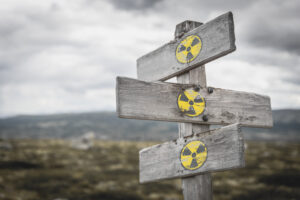
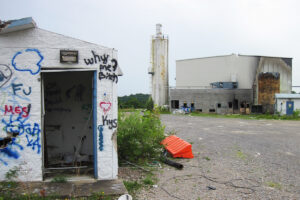
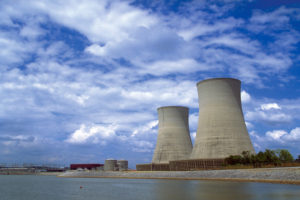
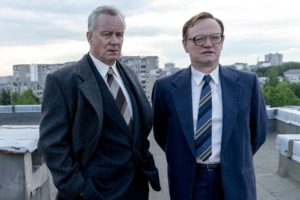
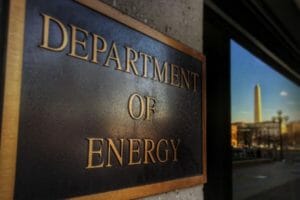
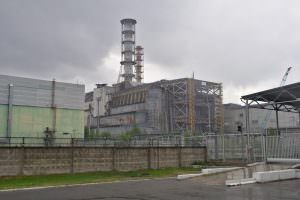
You need to be a supporter to comment.
There are currently no responses to this article.
Be the first to respond.